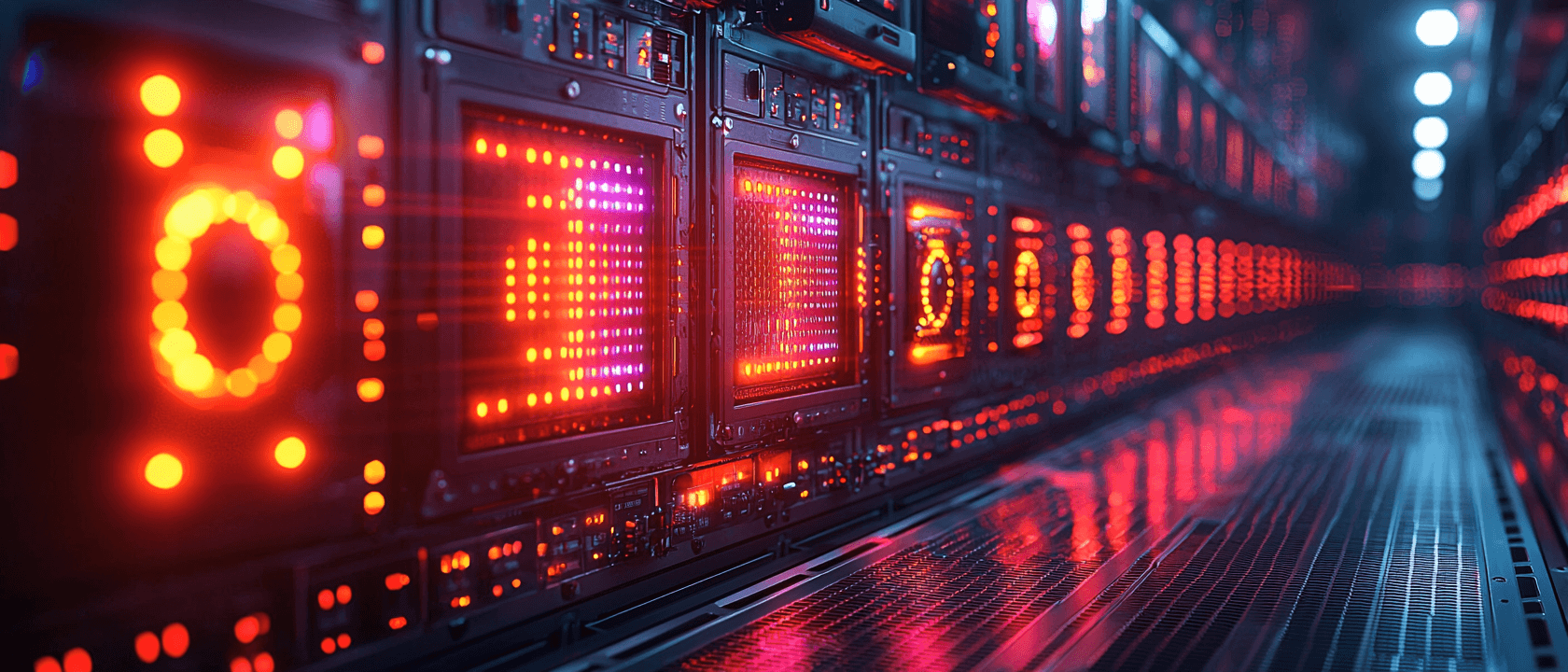
Many people only see the price of a video card and think: "I'll buy it once and use it for years." But the reality is much more complicated and expensive.
Total: A GPU server with 8 A100 cards will cost $350,000 - $450,000 initially, plus $60,000 - $100,000 in operating expenses annually.
Let's consider an AI startup developing a document analysis system:
Key insight: Startups rarely use 100% of GPUs. The actual load is 25-45% due to uneven development, testing and experimentation. This makes the purchase economically unprofitable in most cases.
Time to launch: Purchasing and setting up your own infrastructure takes 2-4 months. Renting a GPU takes 5-15 minutes.
Expertise: Maintaining a GPU cluster requires Senior DevOps specialists ($100,000+ salary). In the cloud, this expertise is included in the price.
Scalability: Doubling your own capacity requires months of planning and major investments. In the cloud, it's a few clicks.
Technological risks: GPUs become obsolete quickly. NVIDIA releases new architectures every 2-3 years with exponential performance gains.
Many successful companies choose a hybrid approach:
Base load (60-70%) — own hardware for predictable tasks
Peak loads (20-30%) — cloud GPUs for processing surges
R&D and experiments (10-20%) — rent for testing new approaches
Example: Spotify uses its own GPUs for core recommendation algorithms, but rents capacity for training new models and A/B testing music preferences.
Gartner research shows that by the end of 2025 85% of AI projects will use cloud GPUs as a primary or secondary platform.
In a world of accelerating technological change, flexibility is often more important than short-term savings. GPU leasing provides this flexibility, allowing companies to focus on creating value rather than managing infrastructure.
The right choice depends on the specifics of the business, but the trend is clear: hybrid and cloud models of computing resource consumption are the future.